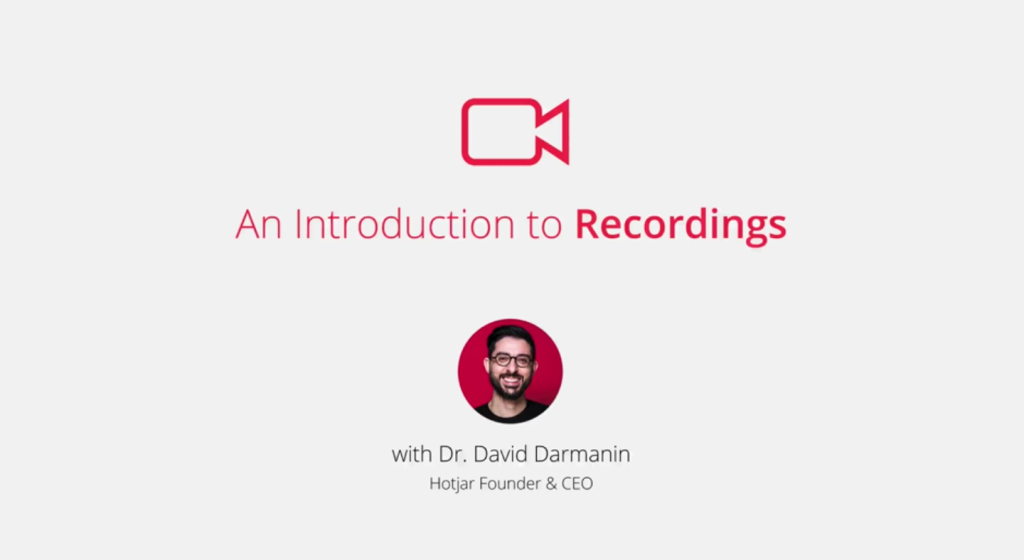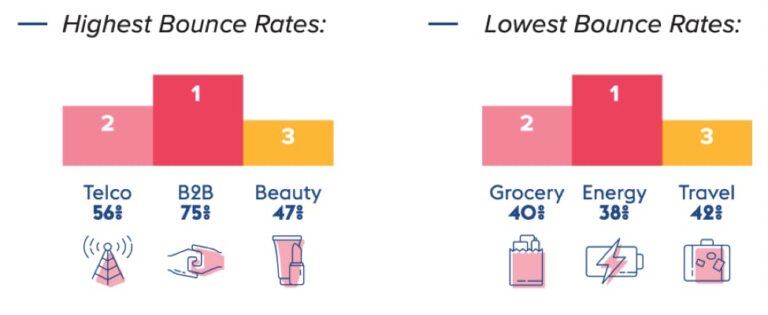Don’t rely on your gut or what “usually” works. Take the time to implement analytics. You may end up with a few real surprises. Surprises that may very well greatly increase your bottom line. 
As you can see in this example, visitors are clicking in several areas of content where there are no clickable items or links.
User tests provide an opportunity to look over your visitors shoulders and see what types of issues they are having. Businesses can prompt the users with a task that they ask them to complete. In performing these tasks, businesses can witness how easily or with how much difficulty users complete these tasks.
As the scenario above has proven, sometimes you’re not going to find out the answers you’re looking for until you just go ahead and ask the question.
Their head marketing came up with the suggestion to replace ww2 with wwVV (two V’s s) so it would not look so strange to their visitors. We at Convert did not even think twice with seeing the ww2 subdomain we see weird techie things all day. But the client thought that it might lower trust in their more conservative audience.

Surveys
They ran a second week the same test on the domain http://wwvv.site.com and that won significantly more and became their new plugin. Since that time when we make site-wide tests on Convert.com (last January we swapped our site design for example) we used this wwVV trick to run an experiment very similar to that.”
Usability expert, Jakob Nielsen concludes that 5 user tests will reveal 85% of a website’s usability issues. While 15 user tests will uncover all of the issues.
This is why it’s vital to find out what your visitors actually want by implementing surveys, heat maps, visitor playback sessions and user tests. And as you’ve seen in the ww2 example, sometimes you have to rig your own split test to find out the results.
Heat Maps
When you’re asking your website visitors to respond to a survey, make sure that you ask them open-ended questions. Simple “yes” or “no” responses don’t provide as much information as an open-ended question where your visitors can provide info that you would otherwise have no idea about.
So which analytics tools should you use? As many as you can. They each have a unique way of providing data and information.
Heat maps are another tool that can pull out some surprises in regards to what’s happening on your website.
Sometimes there are circumstances where analytics isn’t suitable for every scenario. Here’s an example where we had to create our own type of split test.
Visitor playback sessions take this a step further by providing, in essence, a video clip of the full activity of your visitors. They show mouse movements, where visitors are clicking, where they’ve to stop and where on the page they are scrolling.
Visitor Playback Sessions
I recently spoke to a colleague in the conversion optimization field. He told me about a client he had worked with that had added a printable coupon to their site. Yet, surprisingly, the coupon did not increase their conversions.
It’s scenarios like that where we really find out the importance of analytics. Or, in other words, finding out what visitors have to say rather than count on best practice.
[Tweet “#Analytics =surveys, heat maps, visitor playback sessions, exit polls. Gather data. #cro”]
Best practice is a great guideline, but even best practices have lost split tests.
User Tests
After much pushing, they finally agree to run a survey. To their surprise, they found out that many of the respondents did not have a printer. Therefore, they couldn’t print off the coupon.
Using heat maps, businesses can ascertain where visitors are expecting links and then decide how to implement links into those areas to move them through the funnel.
Exit polls provide a last chance opportunity to find out why your visitors are leaving your site. Many businesses ask questions like “Were you interested in our products? If not, please tell us why.”
Exit Polls
[Tweet “What your visitors want? Use surveys, heat maps, visitor playback sessions & user tests.”]
Best practice is a good guideline. But as mentioned, even best practices can lose split tests.
“Do It Yourself” Analytics
A study by Vouchercloud.net revealed that 1 in 10 people believed that HTML was a sexually transmitted disease. Who would have known if the question hadn’t been asked?

To all our surprise, the new checkout lost double digits in revenue per visitor. We could not believe or accept this and although not statistically significant the client did not want to keep running the experiment longer since real money was lost. I felt it did not make any sense compared to other experiments we have been seeing.
Here’s an example of a visitor playback session:
“We had a client that had a really hard time testing their e-commerce site. At one point in time, they wanted to optimize their checkout but that was the hardest part of testing. It was either the old four-step checkout -or- the new one-page checkout. It was brave to freeze any site changes for a week to test this checkout and keep two systems up and running at the same time. A very expensive experiment for the company.

The e-commerce site was unable to have both turned on at the same time. They decided to freeze the entire site for a week and do not make any updates and get a copy of the entire system online under the subdomain http://ww2.site.com where the main site stayed on http://www.site.com and install the new plugin under ww2 and that way check the expected improvement.
Conclusion
Source: Hotjar
It’s a good way to find out issues your visitors are having as they are abandoning your site.
It’s always valuable to see in color coding where people are clicking on your site. But they can be really valuable when we see that visitors are clicking on an area that’s not even clickable. This provides the insight that a clickable item should be placed here. Giving visitors what they expect will help push them through the funnel.





